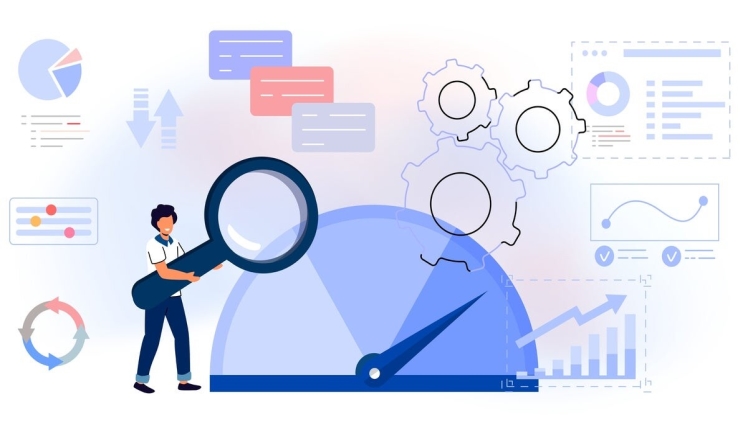Today’s competitive business landscape leaves no room for errors. Companies must look at ways to improve service and run a leaner operation. Keeping a keen eye on key metrics like the Net Promoter Score helps you do just that.
In this post, we look at how to measure metrics for customer success. This’ll make it easy to improve the customer experience from the initial engagement to ongoing support.
Net Promoter Score (NPS)
The NPS is widely used to measure customer loyalty and satisfaction. It typically involves asking customers a single question: “On a scale of 0 to 10, how likely are you to recommend our product/service to others?” Based on their responses, customers are categorized into different categories:
- Promotors rate between 9 and 10. These are the clients most likely to promote your business.
- Passives rate between 7 and 8. These customers are indifferent. They won’t rave about your business, but they won’t complain about it, either.
- Detractors rate between 0 and 6. They are a serious problem as they’ll badmouth your company.
Determining the Net Promoter Score (NPS) requires subtracting the detractors’ percentage from the promoters’ percentage. A high NPS indicates strong customer advocacy and loyalty. This gives you a good idea of your client’sclient’s overall loyalty.
Customer Satisfaction (CSAT) Score
CSAT measures the satisfaction level of customers at a specific point in time. It’s usually measured through post-interaction surveys or feedback forms, where customers rate their satisfaction on a scale (e.g., 1 to 5 or 1 to 10).
You then average out the CSAT scores and convert them to a percentage. The higher the percentage, the better the customer satisfaction is. It’s a good idea to perform these surveys when you try a new campaign or offer different services. This allows you to change tacks easily in need.
Customer Churn Rate
The customer churn measures how quickly clients discontinue their services or stop buying products. You calculate this metric by dividing the number of customers lost during a specific period by the total number of customers at the beginning of that period.
The higher this rate is, the worse it is for your business. A high rating can indicate dissatisfaction, poor service quality, or competitive pressures. Analyzing churn patterns and identifying reasons for customer attrition is crucial for implementing retention strategies.
Keep in mind that it’s easier to retain customers than to attract new ones.
Customer Lifetime Value (CLV)
CLV is a measurement of how much the customer spends with your company over their lifespan. It takes into account factors such as purchase frequency, average order value, and retention rate.
Calculating CLV helps you understand the long-term value of acquiring and retaining customers. By keeping a keen eye on this metric, you can prioritize campaigns aimed at your most valuable clients.
Time to Value (TTV)
The Time to Value measures how much time it takes for customers to realize the full benefits and value of a product or service. It encompasses the entire customer onboarding process, from initial sign-up to achieving the desired outcomes.
Minimizing TTV is essential for enhancing customer satisfaction and engagement. Analyzing TTV enables you to identify bottlenecks, streamline onboarding processes, and deliver value to customers more efficiently.
Customer Engagement Metrics
These measurements encompass a variety of indicators, including active usage, frequency of interactions, and participation in feedback surveys or community forums. Tracking engagement metrics provides insights into customer behavior, preferences, and sentiment.
By fostering active engagement and interaction, you can cultivate strong relationships with customers and encourage advocacy and retention.
Customer Support Metrics
Customer support metrics, such as response time, resolution time, and first contact resolution rate, offer insights into the effectiveness of support processes and the quality of your customer service.
Timely and efficient resolution of customer inquiries and issues is crucial for maintaining satisfaction and loyalty. Monitoring support metrics helps identify areas for improvement and optimize resource allocation to meet customer needs effectively.
Conclusion
It makes sense to track key indicators to ensure business success. We’ve discussed metrics such as CSAT, CLV, and others to make sure your company thrives. You’ll be able to address customer needs and improve the customer experience proactively.

